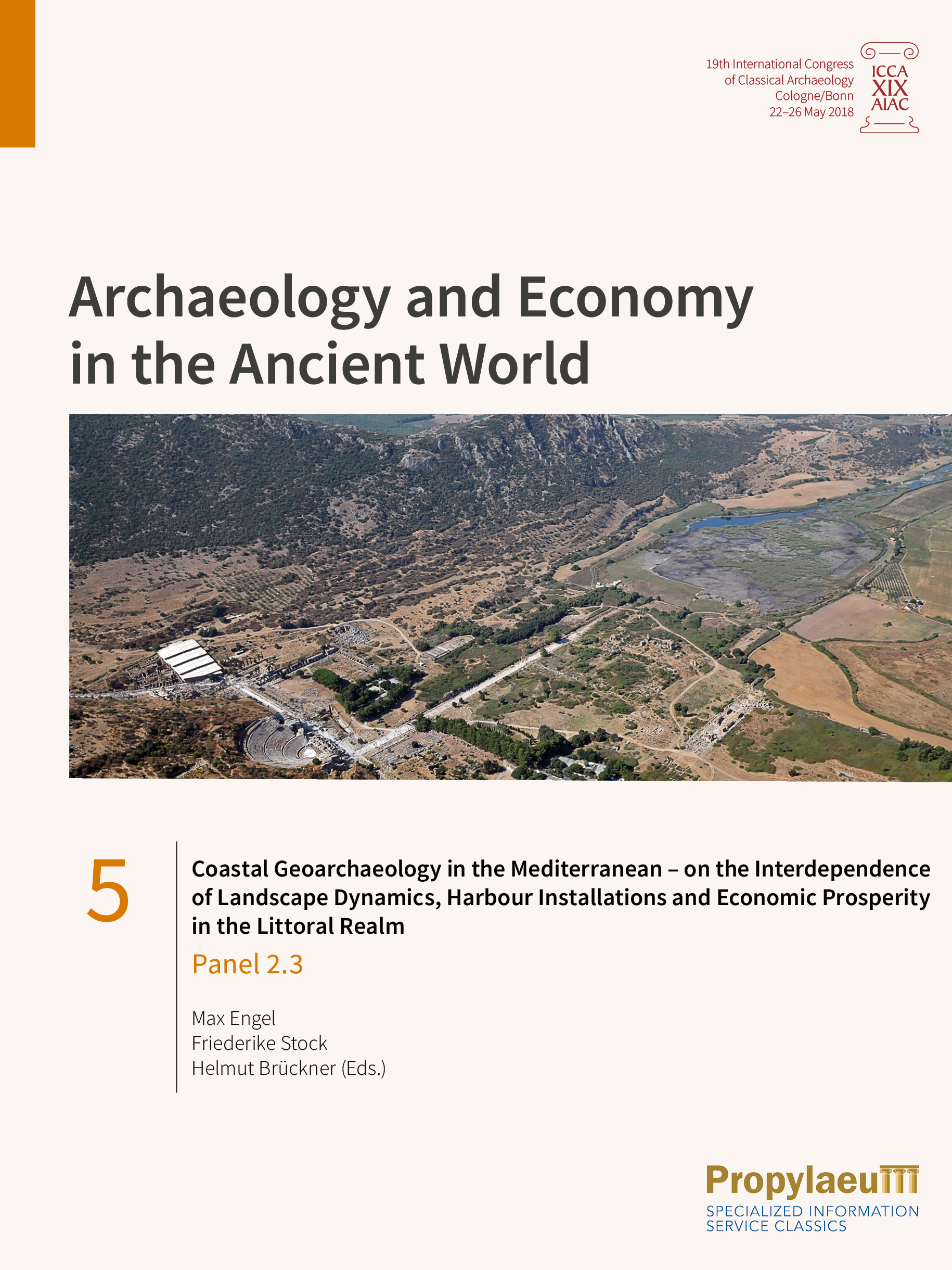
How to Cite
License

This work is licensed under a Creative Commons Attribution-ShareAlike 4.0 International License.
Identifiers
Published
Coastal Geoarchaeology in the Mediterranean – on the Interdependence of Landscape Dynamics, Harbour Installations and Economic Prosperity in the Littoral Realm
Panel 2.3
Mediterranean coastlines are highly dynamic landscapes, shifting up to tens of kilometres during the last ca. six millennia in the case of prograding delta plains. In these low-lying coastal environments, many ancient harbour installations became landlocked with severe impacts on the political and economic situation as well as the status of urban centres and their hinterland. At the same time, rising relative sea levels may have resulted in the salinization of aquifers and adverse effects on agricultural production. This collection of papers from Panel 2.3 “Coastal geoarchaeology in the Mediterranean – on the interdependence of landscape dynamics, harbour installations and economic prosperity in the littoral realm” covers those topics for different parts of the Mediterranean geographical entity over the last 2500 years. These studies successfully demonstrate how geoscience data either help to locate harbour sites or how they support the interpretation of archaeological remains and literature sources of ancient authors. Each contribution therefore represents a striking example for the relevance of interdisciplinary approaches in archaeology, as summarized in the concept of geoarchaeology.






